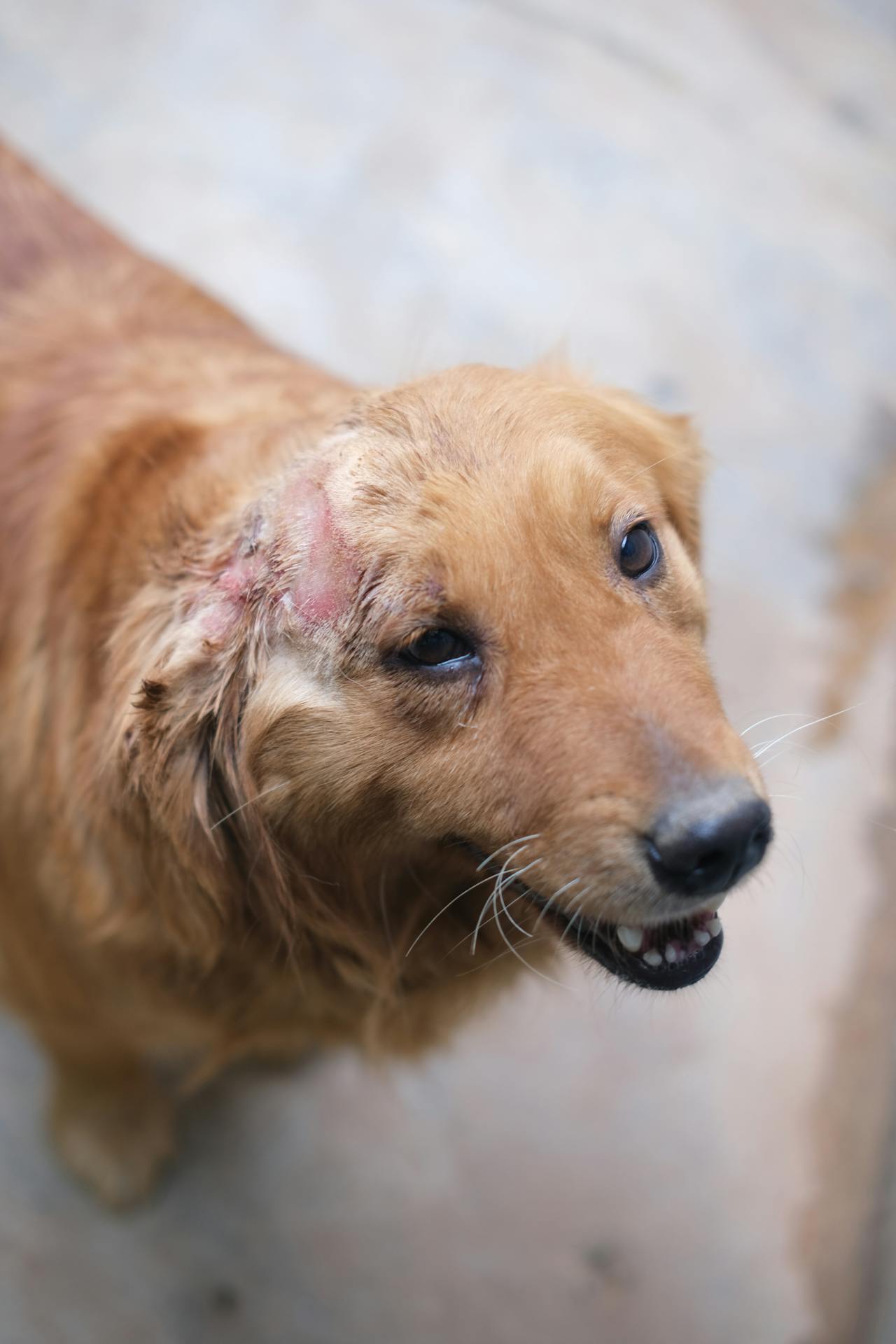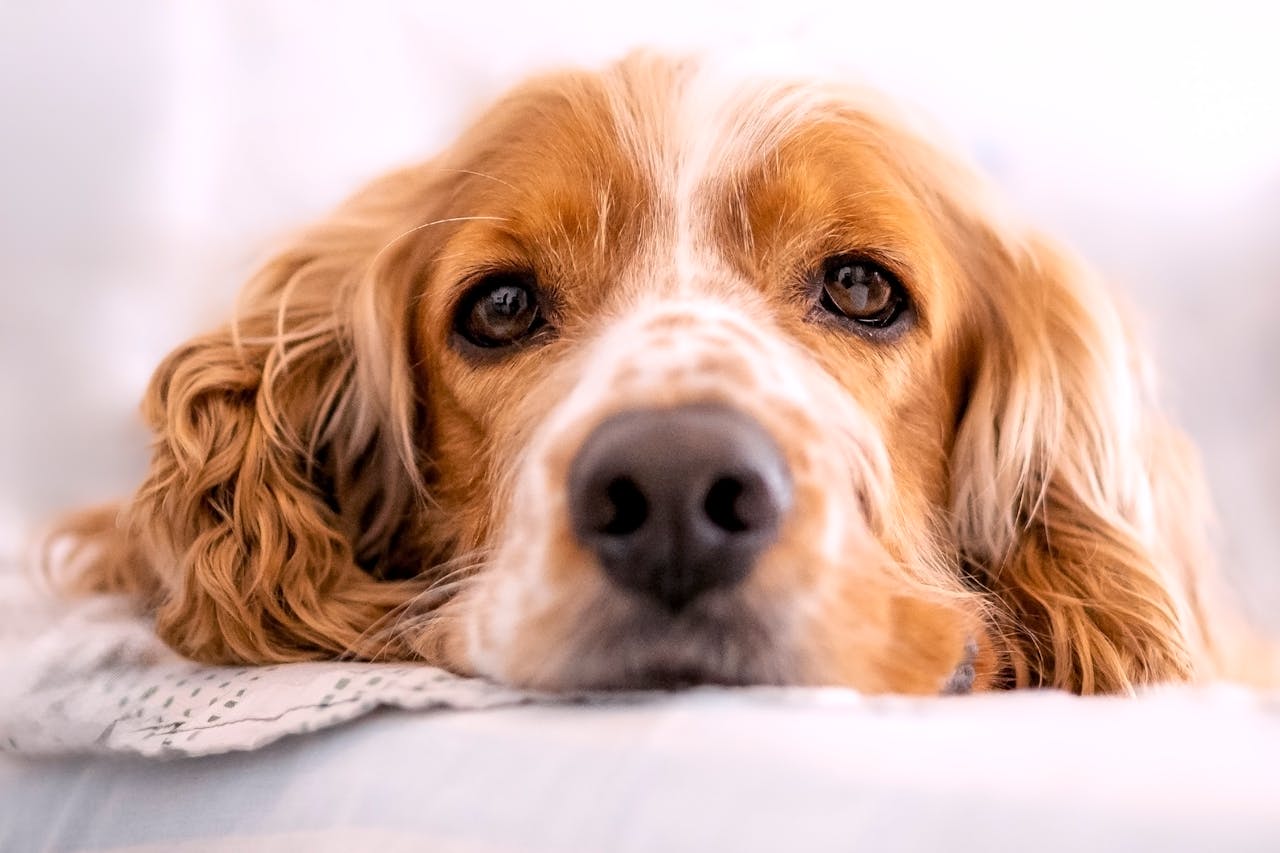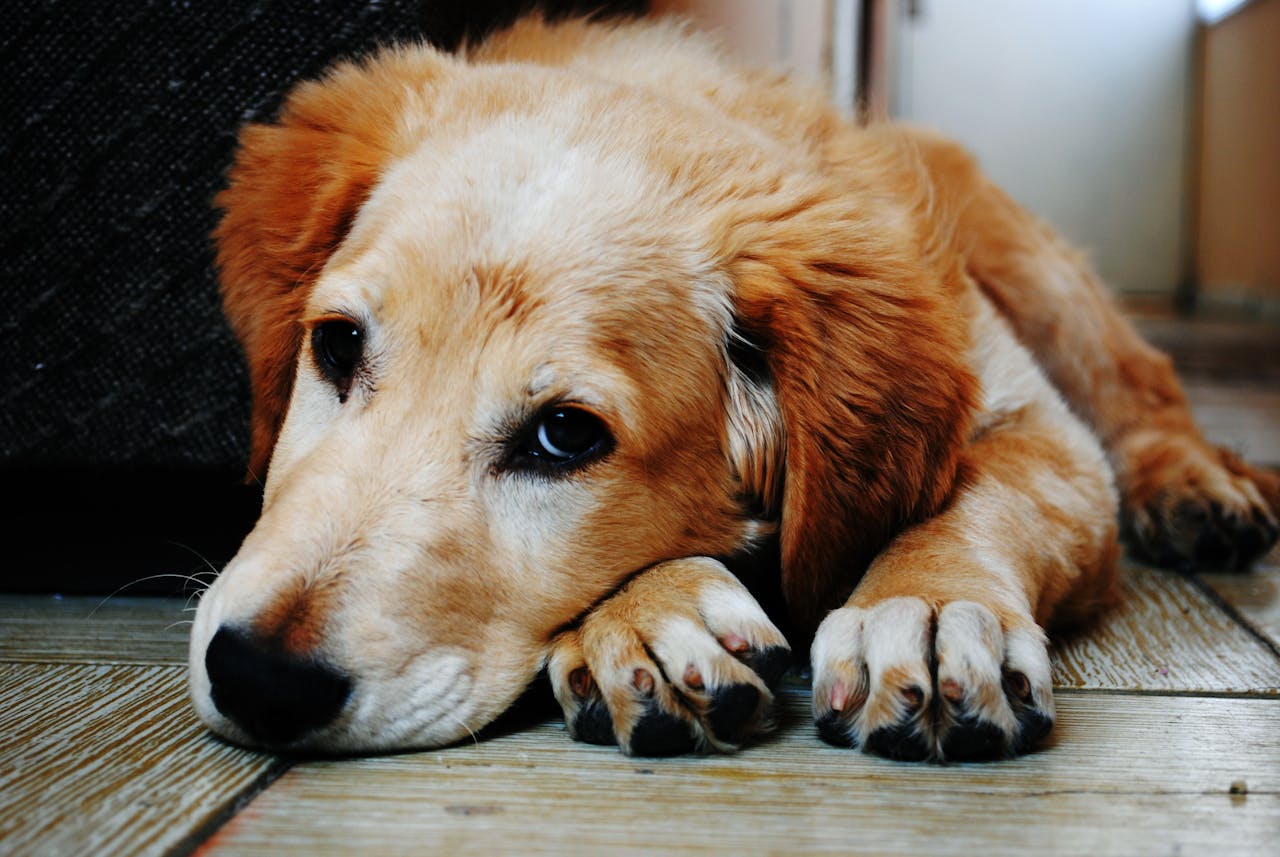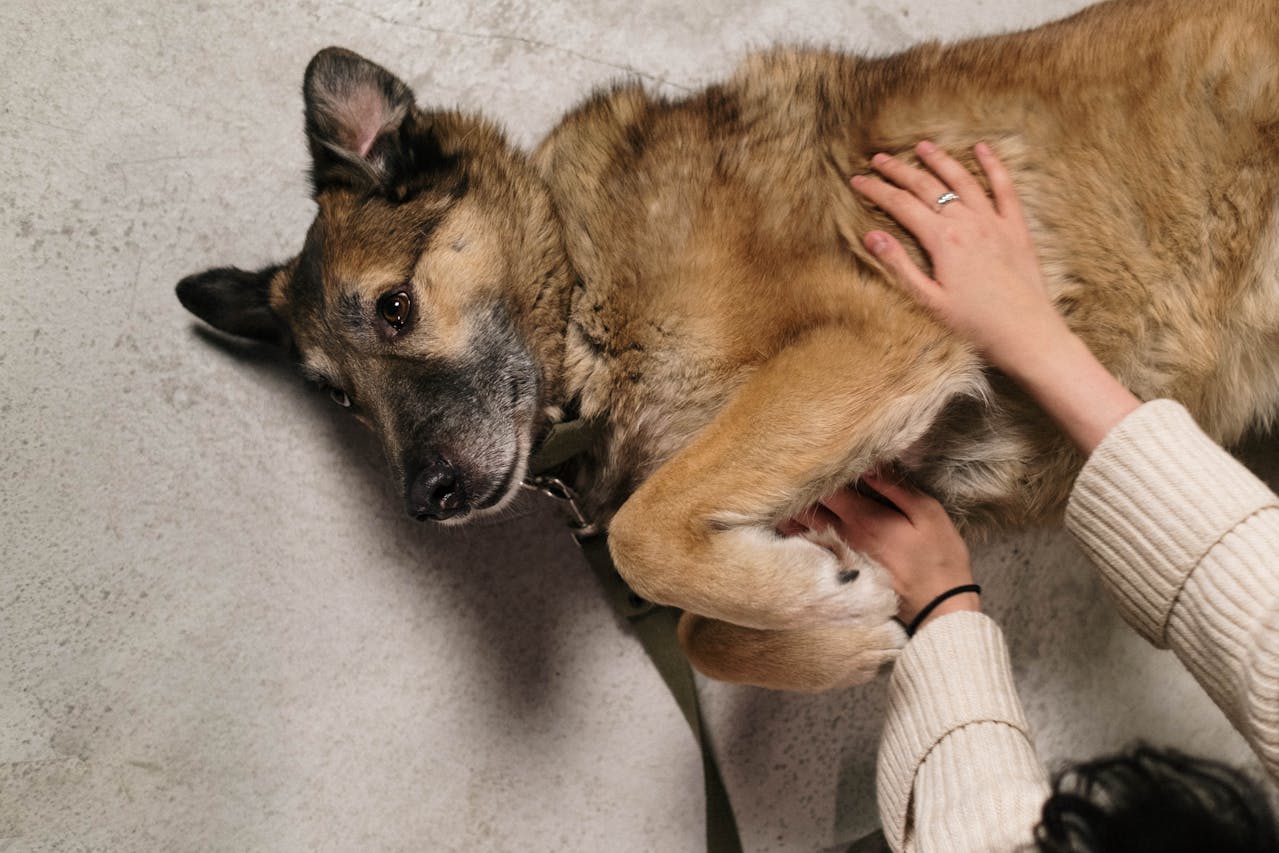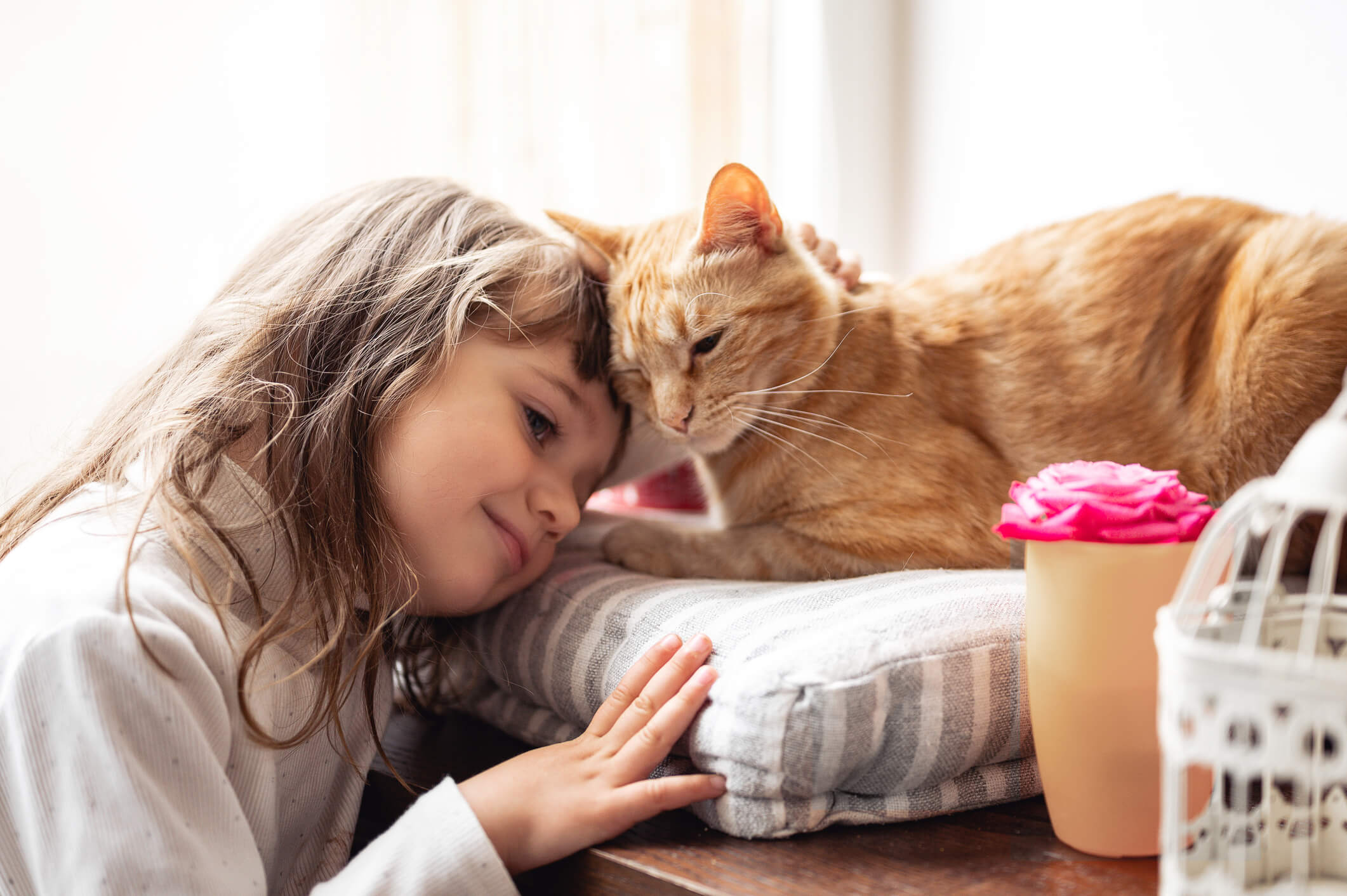Why Is My Dog Afraid of Everything?

Many dogs struggle with fear, and it can turn even the simplest parts of life—like a walk around the block or having a guest over—into a major challenge.
Watching your dog flinch, freeze, or hide can be heartbreaking. It’s frustrating, too, when you just want to help them feel safe. But the good news is that fear can be managed, and in many cases, greatly improved with patience, training, and understanding.
Let’s explore why dogs develop these fears, how to spot the signs of anxiety, what situations are most commonly triggering, and how you can support your fearful pup.
What Causes Dogs to Be So Fearful?
Fearful behavior usually comes from a mix of genetics, early life experiences, and environmental factors. Here are some of the most common reasons your dog might be reacting fearfully:
Lack of Socialization as a Puppy
The socialization window (around 8 to 16 weeks of age) is critical for puppies to be exposed to the world in a safe and positive way. If your dog didn’t get enough experience with new people, pets, or environments during that time, they may grow up wary of anything unfamiliar.
Genetic Predisposition
Just like people, some dogs are simply more anxious than others. If your dog’s parents were naturally cautious or fearful, that trait could be passed down.
Traumatic Experiences
A single scary moment—like being surprised by fireworks or being attacked by another dog—can lead to long-term fears. Sometimes, dogs generalize that fear and start reacting to anything that reminds them of the original event.
Undiagnosed Pain
Fearful or avoidant behavior may actually be a response to pain. If your dog suddenly becomes hand-shy or hesitant to move, it’s worth checking in with your vet to rule out a physical issue.
How to Tell If Your Dog Is Scared
Dogs show fear in different ways. Some signals are obvious, while others are more subtle. Learning to read your dog’s body language is key to helping them before their anxiety escalates.
Common Signs of Fear in Dogs:
-
Shaking or trembling
-
Tucked tail
-
Ears pinned back
-
Cowering or hiding
-
Growling or showing teeth
-
Raised hackles (fur on back standing up)
Subtle Signs to Watch For:
-
Freezing in place
-
Slow, cautious movements
-
Lip licking or yawning repeatedly
-
Trying to quietly escape the situation
-
Sudden heavy panting or stopping panting altogether
It’s also worth noting: sometimes barking, lunging, or growling isn’t aggression—it’s fear in disguise.
What Are Dogs Typically Afraid Of?
Every dog is different, but some fears are especially common among anxious pups:
Loud Noises
Thunderstorms, fireworks, sirens, or even a dropped pan can send a fearful dog into hiding. These dogs don’t just get startled—they panic and may not calm down for hours.
Children
Kids move quickly, make sudden noises, and don’t always understand how to approach dogs. That unpredictability can be too much for nervous dogs.
Other Dogs
Not every dog wants to socialize. If yours hasn’t had positive interactions with other dogs, they might see other pups as a threat.
Strangers
Dogs can become anxious around people who look or sound different from their everyday family. Hats, beards, bulky coats—these small changes can be big stressors.
The Outside World
Sometimes, the world outside your front door feels overwhelming. Especially after a traumatic event or a big change (like moving), your dog might resist going on walks or stepping outdoors at all.
How to Help a Fearful Dog Build Confidence
Step One: Be Patient
The most important thing? Let your dog set the pace. Trying to “force” confidence rarely works and can make things worse. Your job is to be their safe space and their biggest cheerleader.
If Your Dog Fears Loud Noises
-
Play a recording of the noise quietly while giving treats.
-
Slowly increase the volume over time—never more than your dog can handle.
-
Try tools like white noise machines, calming pheromones, or a snug-fitting calming wrap.
If Your Dog Is Scared of Children
-
Create a quiet, safe area for your dog when kids visit.
-
If you have kids at home, set clear boundaries and teach gentle interactions.
-
A positive-reinforcement trainer can help build trust and safety over time.
If Your Dog Struggles Around Other Dogs
-
Start with parallel walks near a calm dog, keeping space between them.
-
Watch your dog’s body language—only move closer when both dogs are relaxed.
-
Use treats to reward your dog for staying calm, and keep interactions short and positive.
If Your Dog Is Afraid of Strangers
-
Use a technique called desensitization and counter-conditioning.
-
Start at a distance where your dog is comfortable seeing a stranger and give them high-value treats.
-
Gradually decrease the distance over time, always staying within your dog’s comfort zone.
If Your Dog Is Scared to Go Outside
-
Use shaping to reward every step toward the goal.
-
Start by rewarding your dog for moving toward the door.
-
Slowly build up to stepping outside, always celebrating progress.
-
Talk to your vet about calming supplements or medication if the fear is intense.
Final Thoughts: You’re Not Alone
Having a fearful dog can be emotionally draining, but you’re doing the right thing by trying to understand and help them. Remember, progress can be slow—but every small step matters.
With patience, positive reinforcement, and maybe a little help from a trainer or vet, your dog can start to feel safer and more confident in the world around them.
You're not just managing fear—you’re building trust. And that makes all the difference.
Get insurance plans with wide-ranging coverage options








